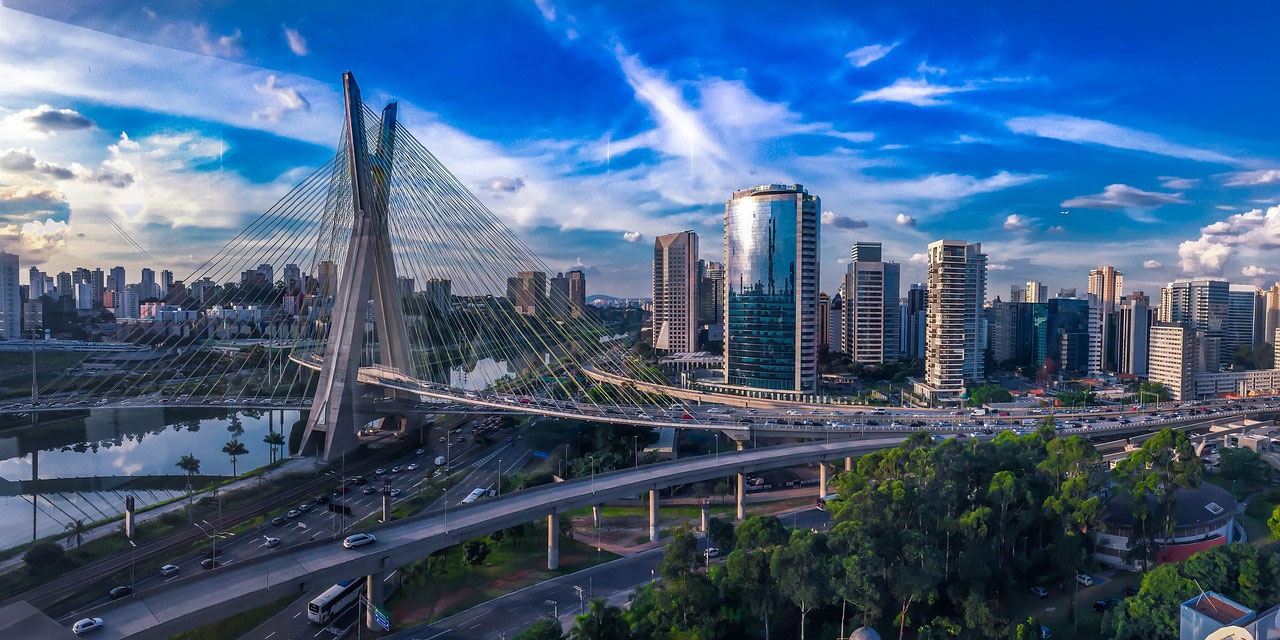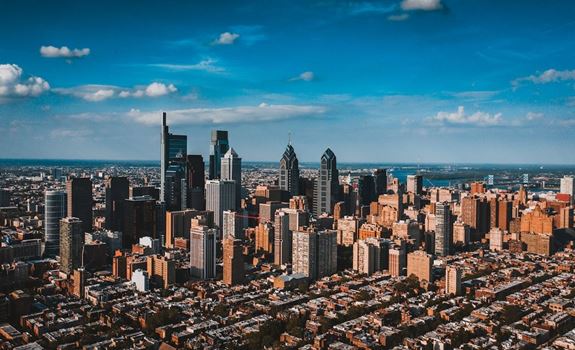Tech is changing everything – from the way we work to the way we socialize. It also has a dramatic impact on the creative industries, none more so than architecture. As an industry built so heavily around the concept of design, there have been monumental strides made in recent years. Whereas the industry was once based on 2D hand-drawn sketches, it’s now all about highly-detailed 3D models that offer a more flexible and immediate representation of the final product. So, what does the immediate future have in store for the industry?
Materials
We might have been limited to the materials we could use in years past, but modern advances have opened up a world of new construction materials. Upcycling means we can re-use waste materials and turn them into literal building blocks, whilst nanomaterials and smaller RS components could potentially usher in a world where ‘smart windows’ can become energy-harvesting solar panels when sunlight hits them. There is also the potential for self-healing concrete, which repairs its own cracks!
Immersive architecture
Virtual reality was once seen as little more than a nifty gimmick, but in the last decade, it’s finally made its way into the mainstream, particularly in the design world. Imagine being about to walk around a virtual representation of a building you’re in the middle of designing, using your hands to mould walls, place furniture and even engineer complex new structures. That world is already among us. Indeed, the conceptual stage of architecture has arguably already been revolutionized by VR.
3D printing
Of all the architectural advancements, none have arguably made as significant impact on the community as 3D printing. The ability to perfectly replicate three-dimensional models as a reference has changed the game and in future, we might even be able to 3D print the buildings themselves. Indeed, there is already evidence of this happening, with houses being printed from literal dirt that cost as little as $1,000 each being currently tested by the Institute of Advanced Architecture of Catalonia. For the developing world, the implications are truly incredible.
Robotics
Past the conceptual stage and towards the actual building stage, the industry is about to be impacted heavily by the arrival of autonomous builder bots. Whilst these machines are generally being used in space travel, there is evidence of robotics being used to build pre-programmed models, block-by-block. This would completely illuminate the need for human safety standards in construction and would dramatically increase the speed, efficiency and overall cost of most commercial builds.
AI design
Finally, real-time AI-driven BIM (building information model) systems will allow for existing blueprints to adapt to changing conditions. This means that whilst we once relied on static blueprints without moving parts, the buildings of the future will be completely adaptable and will learn as they are used and as the world changes around them. The potential here is limitless and when combined with connected internet of things (IoT) devices, it expands further still.
A combination of all the technologies above will hopefully lead to a golden age of architecture that’s free and open to lead the rest of the world by example.







